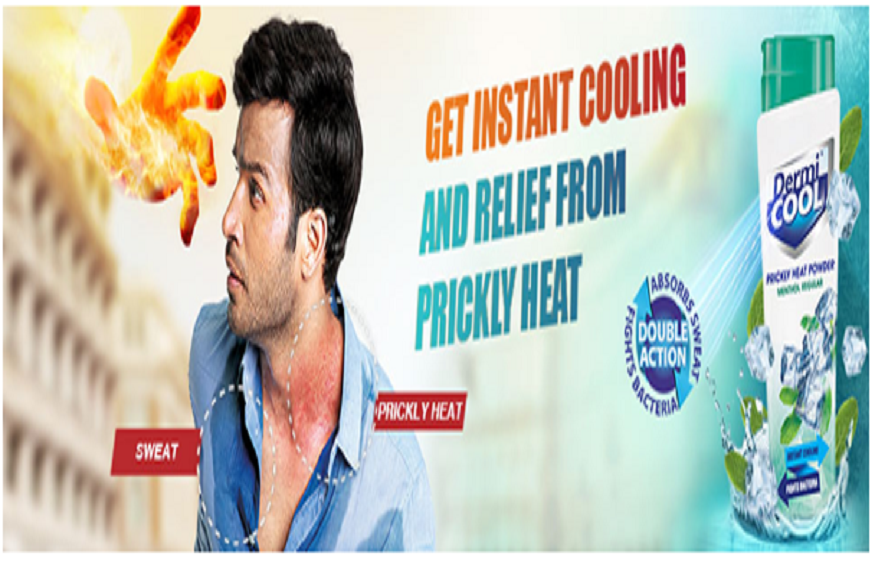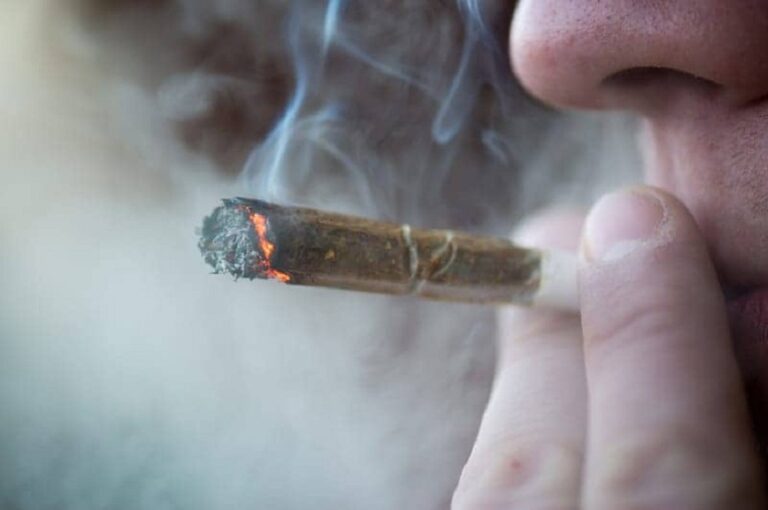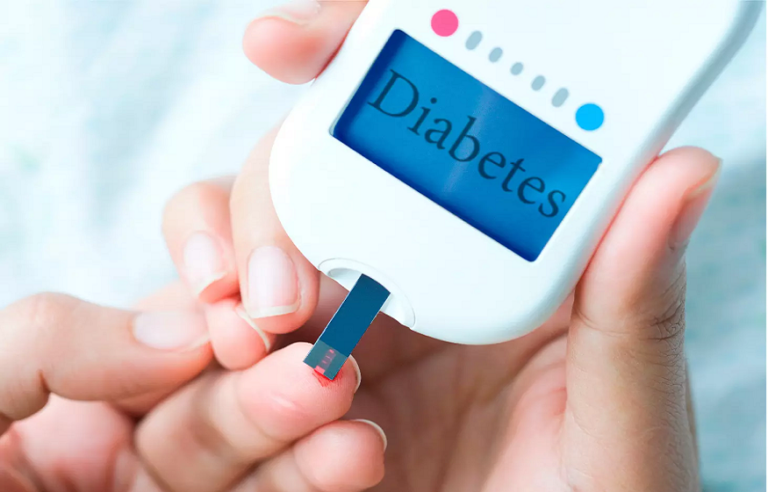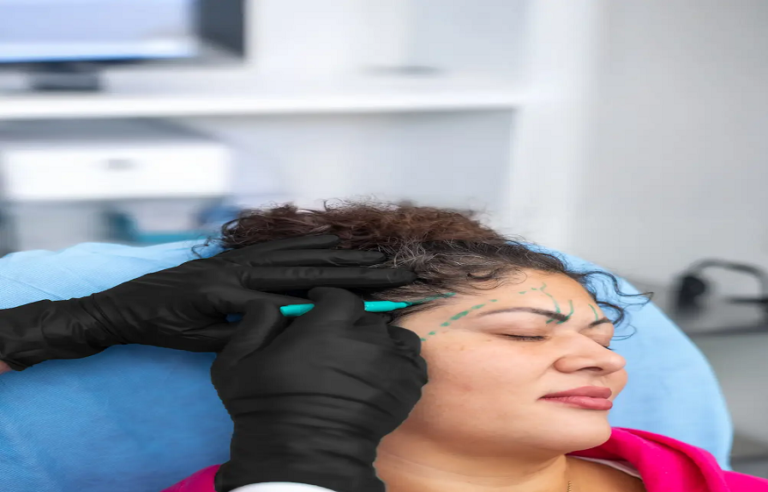
Prickly heat is a skin disorder brought about by the blockage of the ducts through which sweat passes. It is also referred to as heat rash and miliaria. It is more frequent in hot and moist weather where the temperature reaches such a height that it causes skin disorders and excess irritations. They are recognized as small blister-like itchy bumps on the skin or in the form of blisters that might turn red skin with increased levels of inflammation. It is more apparent in those areas prone to the accumulation of sweat, like the back, neck, groin area, and chest. They cause a stinging or burning sensation on the skin. Though it affects any age, it is common in babies. Generally, prickly heat does not imply a serious condition but keeps us in an uneasy condition. Mostly, it resolves once the skin temperature cools down. Excessive skin perspiration also is a trigger for prickly heat. Even tight clothes or overheating will aggravate conditions of prickly heat.
Causes of prickly heat
There are several causes of prickly heat, though it is mainly caused by hot and humid weather conditions.
The hot and humid weather conditions raise the temperature as well as humidity that increases sweating, which in turn blocks the sweat glands, causing severe development of prickly heat on the skin.
The tight clothes mostly trap sweat in the skin, thus causing blockage to the sweat ducts.
Excessive sweating also causes the blocking of sweat glands which results in the buildup of moisture on the skin, thus giving rise to prickly heat rashes.
Some oily or thick skin creams function by obstructing the sweat glands and forming a membrane on the skin surface that traps moisture. The layer formed allows fungal and bacterial growth, thus causing the prickly heat conditions to develop.
Vigorous exercises also lead to skin conditions like prickly heat because violent workouts result in the excretion of too much sweat.
Symptoms of prickly heat
The symptoms of prickly heat usually occur on body parts that can easily sweat, such as the back, neck, groin, chest, and underarms. These are usually in the form of small, red bumps or discomfort/irritation in the areas affected. Mild swelling and inflammation along with a little skin redness can be seen on the affected areas. The condition is seen to worsen with more heat or sweating. In more severe cases, small fluid-filled blisters can also be witnessed in these regions. Increased sensitivity to touch and a feeling of warmth in the region of the rash is one of the extra symptoms of prickly heat that can be observed.
Treatment
Best powders for heat rash are applied topically, calamine lotion to soothe itch, and anti-histamines are used to reduce itching and swelling. A mild hydrocortisone cream is applied in some cases to reduce itching and swelling. Regular washing of the area with soap water and pat drying properly can help control the production of prickly heat. We can avoid prickly heat rashes by avoiding heavy skin creams and products and applying powders for sweat rash. Wearing light, cotton fabrics and staying in a cool, air-conditioned environment will keep the skin cool and dry to prevent prickly heat rashes. Lastly, plenty of water keeps the natural cooling process and hydration of the body in place.
Conclusion
The discomfort of prickly heat may be relieved by effective cooling of the skin, light clothes, topical applications like Ghamoriya powder, and hydration. Many mild rashes would disappear once the body has cooled down. In severe cases, however, it is advisable to see a healthcare professional before the condition gets worse. Proper attention to avoiding excess heat and humidity, and maintenance of proper skin hygiene helps prevent prickly heat rashes on the skin. Taking breaks in between activities to avoid excess sweating may help reduce moisture buildup and hence will prevent any painful rashes from appearing on the skin.




